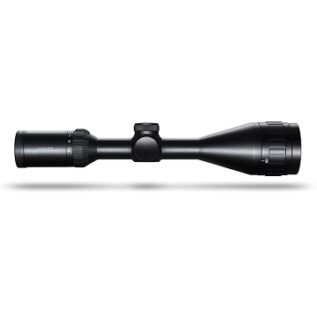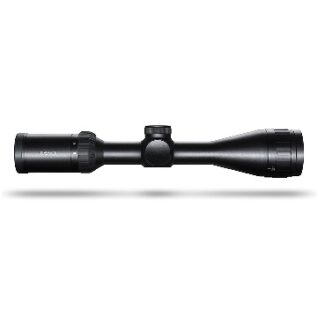Showing 26–31 of 31 results
How to Choose a Scope for Your Airgun?
Airguns are popular among shooting enthusiasts for various reasons, including affordability, versatility, and the ability to shoot silently. However, to make the most of your airgun, you need a good quality scope that can help you aim and shoot accurately. With so many options available in the market, choosing the right scope can be a daunting task. In this article, we will guide you on how to choose a scope for your airgun based on your needs and preferences.
Determine Your Purpose
The first step in choosing a scope for your airgun is to determine your purpose. Are you planning to use your airgun for hunting, plinking, or competition shooting? Each of these purposes requires a different type of scope with different features. For instance, if you plan to use your airgun for hunting, you need a scope with a magnification of at least 3-9x and an objective lens of 40mm or more.
Consider Magnification
The magnification of a scope refers to how much closer the target appears. It is denoted by a number followed by an 'x.' For example, a scope with 4x magnification will make the target appear four times closer. When choosing a scope for your airgun, consider the range you plan to shoot and the type of target you plan to shoot at. If you plan to shoot at longer ranges or smaller targets, you may need a scope with higher magnification.
Determine Objective Lens Size
The objective lens size of a scope refers to the diameter of the lens at the front of the scope. A larger objective lens allows more light to enter the scope, resulting in a brighter and clearer image. However, larger objective lenses also mean a heavier and bulkier scope. When choosing a scope for your airgun, consider the weight and size of the scope, as well as the lighting conditions you plan to shoot in.
Reticle Type
The reticle of a scope refers to the crosshairs or aiming points you see when you look through the scope. There are different types of reticles available, including duplex, mil-dot, and BDC. Duplex reticles are the most common and consist of thin crosshairs that get thicker at the edges. Mil-dot reticles have dots or hash marks that help you estimate the range of the target. BDC reticles are designed for long-range shooting and have markings that help you compensate for bullet drop.
Consider Eye Relief
Eye relief refers to the distance between the eyepiece and your eye when you look through the scope. A scope with a longer eye relief is more comfortable to use and can be used with glasses. When choosing a scope for your airgun, consider your eye relief requirements, especially if you wear glasses.
Durability
A good quality scope should be durable and able to withstand the recoil of your airgun. Look for scopes with a sturdy construction, shockproof and waterproof features, and fog-proof lenses.
Mounting Options
Finally, consider the mounting options of the scope. Most airguns require a scope that can be mounted using dovetail or weaver mounts. Make sure the scope you choose is compatible with the mounting options of your airgun.
In conclusion, choosing the right scope for your airgun requires careful consideration of various factors such as purpose, magnification, objective lens size, reticle type, eye relief, durability, brand, price, and mounting options. By taking the time to assess your needs and preferences, you can find a scope that can help you achieve accurate and precise shots with your airgun.
Frequently Asked Questions
How do I know which magnification is right for my airgun scope?
The right magnification for your airgun scope depends on the range and type of target you plan to shoot. Generally, a magnification of 3-9x is suitable for most airgun shooting purposes.
What is the best type of reticle for an airgun scope?
The best type of reticle for an airgun scope depends on your shooting requirements. Duplex reticles are suitable for general shooting, while mil-dot reticles are ideal for long-range shooting. BDC reticles are designed for shooting at different ranges.
Can I use any scope for my airgun?
No, not all scopes are suitable for airguns. You need a scope that can withstand the recoil of your airgun and be mounted using dovetail or weaver mounts.
What is eye relief, and why is it important?
Eye relief refers to the distance between the eyepiece and your eye when you look through the scope. It is important to consider because it affects the comfort and ease of use of the scope, especially if you wear glasses.
Is it necessary to spend a lot of money on an airgun scope?
No, you don't have to spend a lot of money on an airgun scope. There are many good quality scopes available at affordable prices, but be sure to avoid buying cheap scopes that may not perform well or last long.





